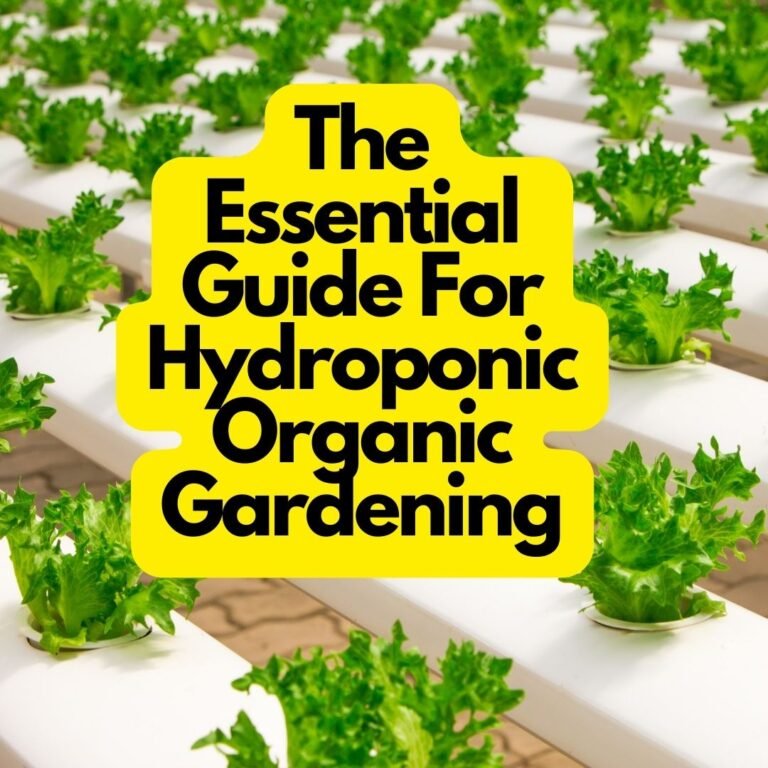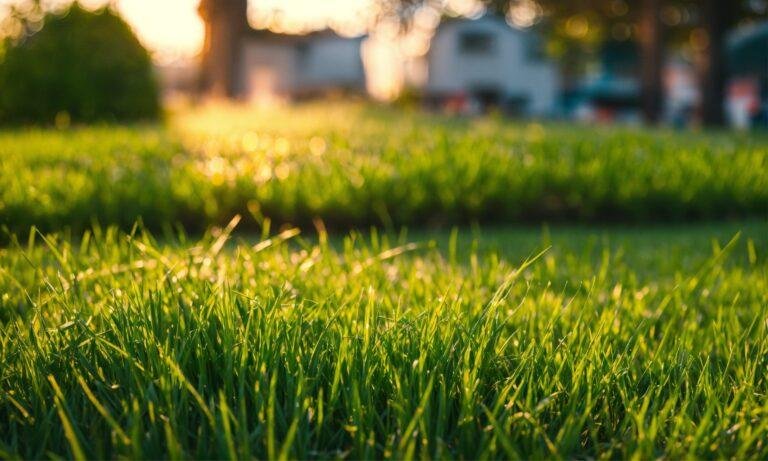Search Below For New Gardening Tips and Tricks with Practicals
HOW TO GET RID OF POWDERY MILDEW
What is Powdery Mildew?
Powdery mildew is a type of fungal disease that affects a wide range of plants. The fungus grows on the surface of the plant, causing a white or gray powdery growth. The fungus can also cause black spots on the leaves and stems of the plant. The disease is most commonly found on cucumbers, squash, melons, and grapes, but can also affect other types of plants. There are several ways to get rid of powdery mildew. One way is to remove all of the affected leaves from the plant. This will help to prevent the spread of the disease. Another way to get rid of mildew is to treat the plant with a fungicide.


Causes of Powdery Mildew
mildew is a type of fungal infection that can affect a wide range of plants, including fruits, vegetables, flowers, and grains. The fungus grows on the surface of the plant, and produces a white or grey powdery substance. The infection can cause the plant to become stunted, and the leaves may turn yellow or brown. The fruit may also be affected, and can become distorted or discoloured. There are a number of different causes of mildew, but the most common is poor air circulation. Plants that are grown in crowded conditions, or that have too much foliage, are more susceptible to the fungus. Other factors that can contribute to powdery mildew include high humidity, wet.

How to Prevent Powdery Mildew
mildew is a type of fungi that can affect a wide range of plants, including fruits, vegetables, and ornamentals. The fungi develop as white, powdery masses on the surface of leaves, stems, and flowers. Mildew can weaken and kill plants, so it’s important to take steps to prevent it. Here are some tips to prevent powdery mildew: 1. Avoid overhead watering Watering from overhead can cause water droplets to land on leaves and spread the fungi that cause powdery mildew. Instead, water at the base of plants using a soaker hose or drip irrigation. 2. Remove affected leaves If mildew is found.

How to Get Rid of Powdery Mildew
If you have mildew on your plants, there are a few things you can do to get rid of it. First, try to increase air circulation around your plants by pruning them and removing any dead leaves. You can also try to spray them with a mixture of water and baking soda (1 teaspoon baking soda per quart of water). If the mildew is still there after a few days, you can try using a fungicide. Be sure to follow the directions on the label carefully.

Powdery mildew is a fungus that can damage your plants. It is important to take measures to prevent mildew and to get rid of it quickly if it does appear.
Discover more from Gardening with Ecorganicas-Source for Organic Gardening Tips
Subscribe to get the latest posts sent to your email.








